Emphasis on Cost Efficiency
Cost efficiency remains a pivotal driver in the Retail Cloud Market. Retailers are increasingly seeking cloud solutions that minimize operational costs while maximizing performance. The transition to cloud-based services allows businesses to reduce expenses related to hardware, maintenance, and IT staffing. Reports indicate that companies migrating to the cloud can achieve cost savings of up to 30% within the first year. This financial incentive is particularly appealing to small and medium-sized enterprises, which may lack the resources for extensive IT infrastructure. As a result, the demand for cost-effective cloud solutions is likely to continue growing, prompting cloud service providers to innovate and offer competitive pricing models tailored to the needs of retailers.
Rise of E-commerce Platforms
The Retail Cloud Market is significantly influenced by the rise of e-commerce platforms. As online shopping becomes increasingly prevalent, retailers are compelled to adopt cloud solutions that support their digital operations. The e-commerce sector is expected to account for over 25% of total retail sales in the coming years, necessitating robust cloud infrastructure to handle increased traffic and transactions. Retailers are turning to cloud services to enhance their online presence, streamline operations, and improve customer engagement. This shift not only facilitates better inventory management but also enables personalized marketing strategies. Consequently, cloud providers are tailoring their offerings to meet the specific needs of e-commerce businesses, thereby driving growth within the Retail Cloud Market.
Growing Demand for Scalability
The Retail Cloud Market experiences a notable surge in demand for scalable solutions. Retailers increasingly seek cloud services that can adapt to fluctuating consumer demands and seasonal trends. This adaptability allows businesses to manage resources efficiently, ensuring they can scale operations without significant capital investment. According to recent data, the retail cloud market is projected to grow at a compound annual growth rate of approximately 20% over the next five years. This growth is driven by the need for retailers to enhance their operational efficiency and respond swiftly to market changes. As a result, cloud providers are focusing on offering flexible solutions that cater to the diverse needs of retailers, thereby solidifying their position in the Retail Cloud Market.
Integration of Advanced Analytics
The integration of advanced analytics into retail cloud solutions is transforming the Retail Cloud Market. Retailers are increasingly leveraging data analytics to gain insights into consumer behavior, inventory management, and sales forecasting. This trend is supported by the fact that businesses utilizing cloud-based analytics report a 15% increase in operational efficiency. By harnessing the power of big data, retailers can make informed decisions that enhance customer experiences and optimize supply chains. Furthermore, the ability to analyze real-time data allows retailers to respond promptly to market trends, thereby maintaining a competitive edge. As analytics capabilities continue to evolve, the Retail Cloud Market is likely to witness further innovations that cater to the analytical needs of retailers.
Focus on Customer Experience Enhancement
Enhancing customer experience is a critical focus within the Retail Cloud Market. Retailers are increasingly adopting cloud solutions that facilitate personalized shopping experiences, seamless transactions, and efficient customer service. The ability to integrate customer relationship management (CRM) systems with cloud platforms allows retailers to gather and analyze customer data effectively. This integration leads to improved customer engagement and loyalty, as businesses can tailor their offerings to meet individual preferences. Furthermore, cloud-based solutions enable retailers to implement omnichannel strategies, ensuring a consistent experience across various touchpoints. As customer expectations continue to evolve, the emphasis on enhancing customer experience through cloud technology is likely to drive further growth in the Retail Cloud Market.
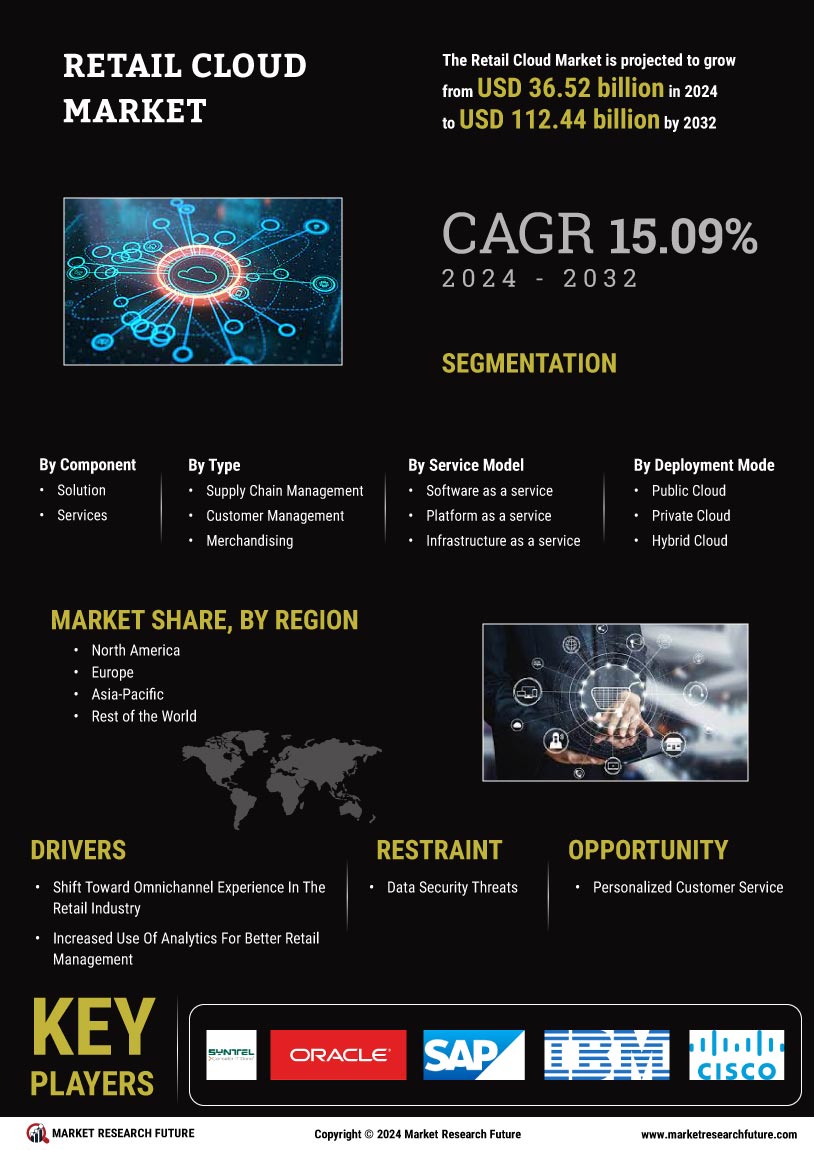

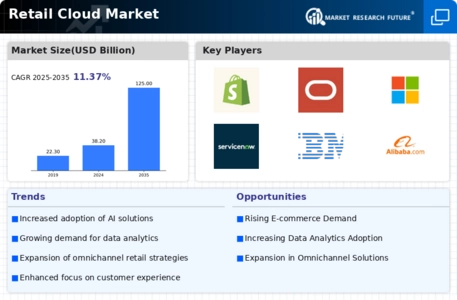


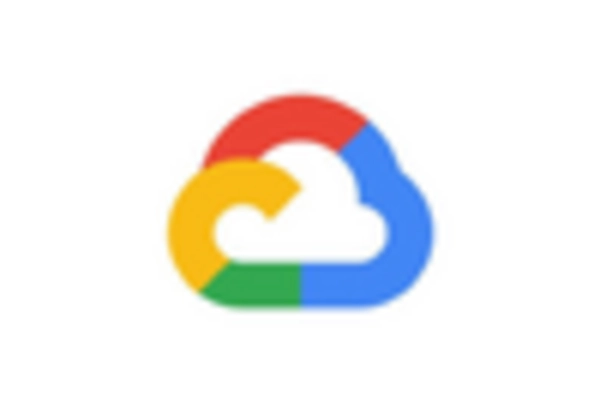
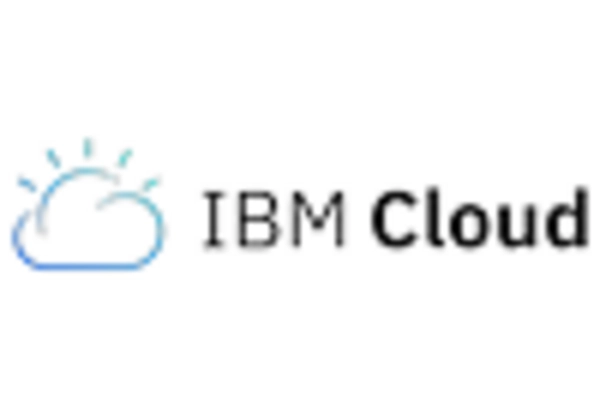
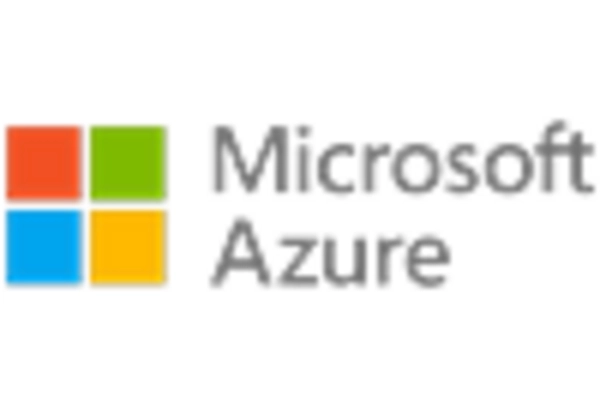

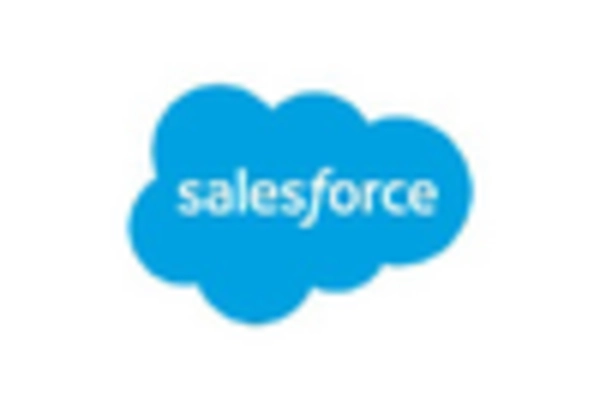








Leave a Comment